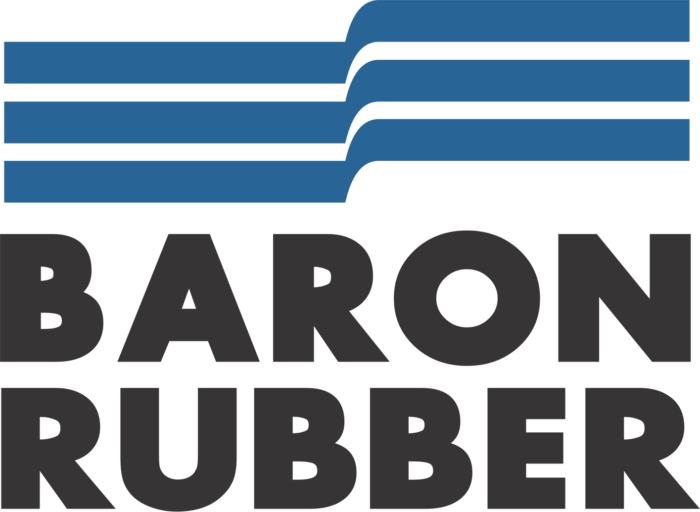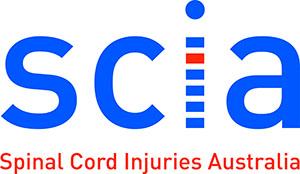Copper-based sensor capable of measuring glucose levels from body fluids other than blood.
Managing complex conditions such as diabetes could be made cheaper and simpler following development of a copper film that can detect glucose from body fluids containing salt, such as sweat or tears.
Researchers at the University of Wollongong’s (UOW) Institute for Superconducting and Electronic Materials (ISEM) have demonstrated the first reported construction of copper with a sponge-like porous structure, which can also quickly and accurately detect glucose in salt-based fluids.
People with diabetes often have low levels of insulin, a hormone the converts sugars to energy, which means they have to closely watch their glucose or blood-sugar levels to prevent further chronic health complications.
Foods, physical activity and other factors can influence glucose levels.
This has led medical device manufactures toward developing continuous glucose monitors that can be inserted just under the skin, providing the wearer with regular blood-sugar readings, removing the need for regular finger-pricking to extract a drop of blood for sugar measurement.
Despite the recent introduction Commonwealth Government support for continuous monitors, the technology remains expensive, mainly due to the use of precious metals such as platinum in the sensor.
Professor Yusuke Yamauchi, an ARC Future Fellow who joined ISEM from Japan’s National Institute of Materials Science, said glucose sensors based on copper have been intensively studied, owing to the material′s good conductivity, low cost, and superior performance.
“Precious metals such as gold and platinum have very good conductivity but they are very expensive and we wanted to focus on more abundant and cheaper metals,” he said.
The primary candidate, copper, is hard to fabricate into porous structures because it easily oxidises when exposed to air – the reason why the Statue of Liberty is green – which highly affects its performance.
“Not only are these metals are highly reactive with air, they do not reduce easily in solutions and are difficult to deposit consistently on to substrates.”
The answer was to mix a liquid solution of copper and polystyrene, creating small polystyrene balls with copper attached to the outside.
These can be attached to a substrate using a method similar to electroplating, and a UV light melts the polystyrene centres, leaving tiny holes each roughly 10,000 times smaller than the thickness of a human hair.
The result is a porous copper film with the sponge-like structure.
Further testing revealed the film has high selectivity, reacting to glucose without interference from other acids and sugars that can be present in sweat.
A key requirement for materials to be suitable for use as a sensor is high sensitivity, rapidly reacting to the presence of glucose in small amounts of liquid that also tend to evaporate quickly.
“The sponge-like porous structure greatly increases the surface area and therefore enhances the sensitivity required to trigger an electrochemical signal,” Professor Yamauchi said.
“The extraordinary sensing performance of the copper film is probably attributed to its intrinsically good reaction toward glucose oxidation.
“This makes this copper film a good candidate for the direct detection of glucose to satisfy the requirements of diverse applications, such as diabetes management.”
The researchers predict the copper film could be integrated into a wearable sensor or a smartwatch, providing continual glucose readings to the wearer, which could also be sent via wirelessly to their doctor.
The cheap materials also make it ideal for use in remote areas where access to clinics and health specialists is difficult.
“The present success paves a new way for preparation of porous materials from abundant metals for diverse applications and at low cost.”
The results were published recently in the journal Angewandte Chemie, co-authored with Dr Shahriar Hossain, Professor Jung Ho Kim.
The research was supported with a grants from UOW’s Australian Institute for Innovative Materials (AIIM) and the Global Challenges Program.

































































































